When Putin’s army pushed into Kyiv two years ago, residents in the capital’s suburbs were first to experience the bitterness of war. Damaged homes, looted property, and killed families left lingering grief and collective trauma. Nevertheless, life must go on. They are slowly trying to rise to live their days as usual.
Pepi Utami recalled her memory of an unusual sight in her in-laws’ house in Ivankiv, Ukraine, following the attack by Russian troops on March 19, 2022. The house was very messy. Furniture that should have been inside was scattered outside the house. She found a stove in the middle of a field and a sofa in the garden, covered with flags of Belarus and the Soviet Union. Food waste, soldier rations, dirty clothes, bedding, projectiles, and crates of explosives were scattered everywhere. The only books in the house were in Russian. “Ukrainian books were burned,” Pepi told Jaring.id on Saturday, February 24, 2024, at a coffee shop around the Maidan Nezalezhnosti monument, Kyiv.
In fact, the rural house with a large yard was left clean a week before a large convoy of armored vehicles, tanks, artillery, and support vehicles for the Russian army passed through Ivankiv via Prybirsk from Belarus at the end of February 2022. “The house is located at the end of the village, not far from the Belarus border. So it’s like a house in a field,” she said.
Pepi was one of around 55 Indonesian citizens who were in Ukraine when Putin’s forces attempted to push into the Ukrainian capital, Kyiv, two years ago. As the bombs rumbled, the Bandung-born woman 37 years ago fled with her husband to the Indonesian Embassy before heading to Vinnytsia, a city located in the center of Ukraine, while her in-laws stayed in Kyiv. “At first, we were planning to go to Lviv, but the bridge has been destroyed. So we couldn’t go there,” she said.
“On the way, we passed through remote roads to avoid the highway full of vehicles. I still remember feeling nauseous and losing my appetite along the way. I panicked. So I kept quiet. The others looked pale,” she recalled about what happened two years ago.
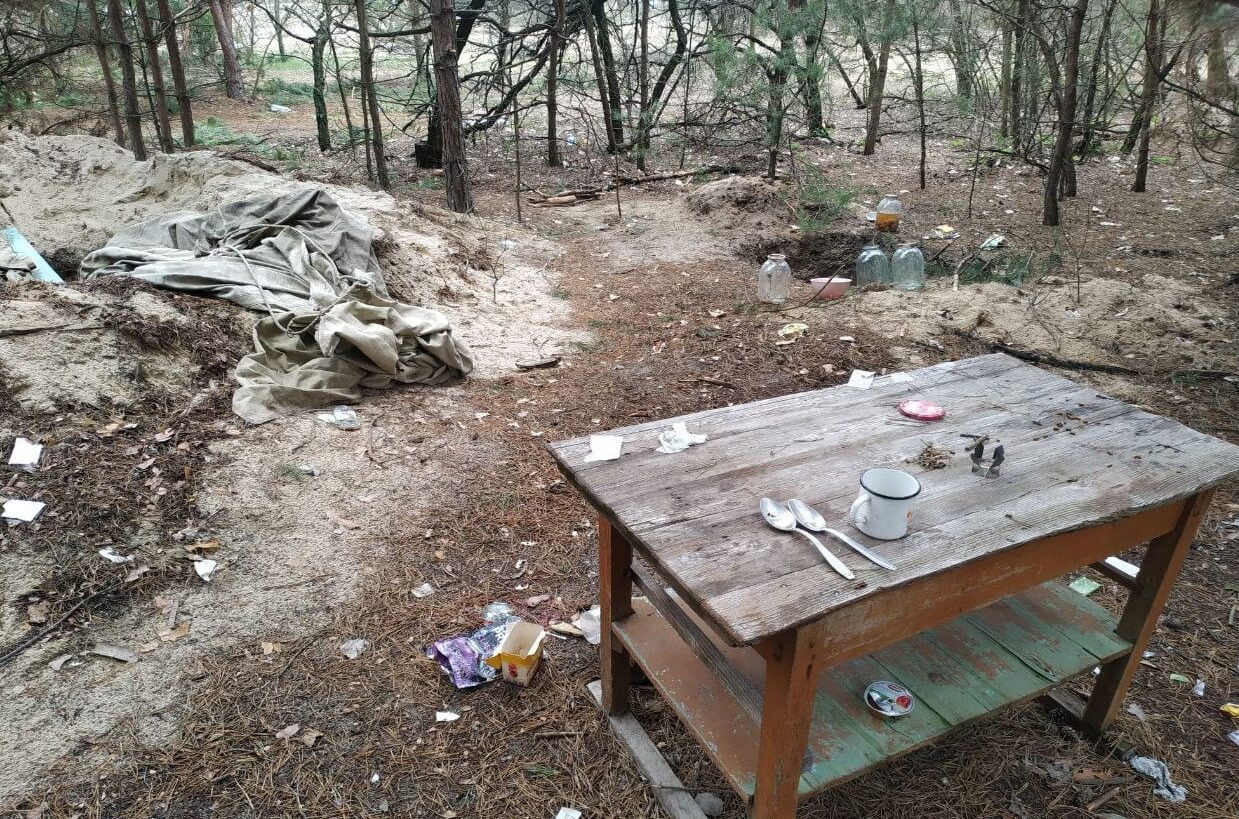
Getting out of Kyiv did not make Pepi and her husband feel calmer. The unpredictable situation still made them anxious. Bursts of automatic weapons, artillery, and rocket launchers seemed to constantly fill the air. The war left the couple with not many options, either to hide at home or take refuge in subway stations.
The only thing that could be expected, she said, was a war warning before a convoy of Russian soldiers started flooding her house with combat equipment. The city, located close to the Teteriv River, was central to Ukraine’s defense as it was the main crossing for troops. “Before the war broke out, my in-law was already talking about the Russian attack. He happened to be a veteran of the Soviet army too. So, a week before that, we had already moved things to the house in Kyiv. I don’t know where the information came from, it could be because he was contacted by his friends in Belarus,” Pepi said.
After Pepi fled, Ukrainian troops and volunteers struggled to keep the Russian army from entering the capital at all costs. Among other things, they demolished a bridge connecting the capital with other regions. Consequently, the fighting spread around Kyiv, such as Borodyanka, Moschun, Bucha and Irpin.
This fighting also stalled the movement of troops who had crossed into Ukraine at dawn on February 24, 2022. More than 50 kilometers of traffic jams occurred in the border area. About a thousand tanks, two thousand infantry vehicles, tens of thousands of soldiers, and trucks did not move. Meanwhile, the personnel were short of food.
The halt in the flow of troops left a terrible sight for thousands of residents living around Kyiv. In addition to the constant whizzing of bullets, looting also occurred everywhere, including in Ivankiv.
Pepi’s house was one of those being looted. Countless winter food reserves in the basement vanished. A photo received by Jaring.id showed mason jars or empty airtight food storage containers scattered around. “That might be enough for one or two years of winter food,” Pepi said.
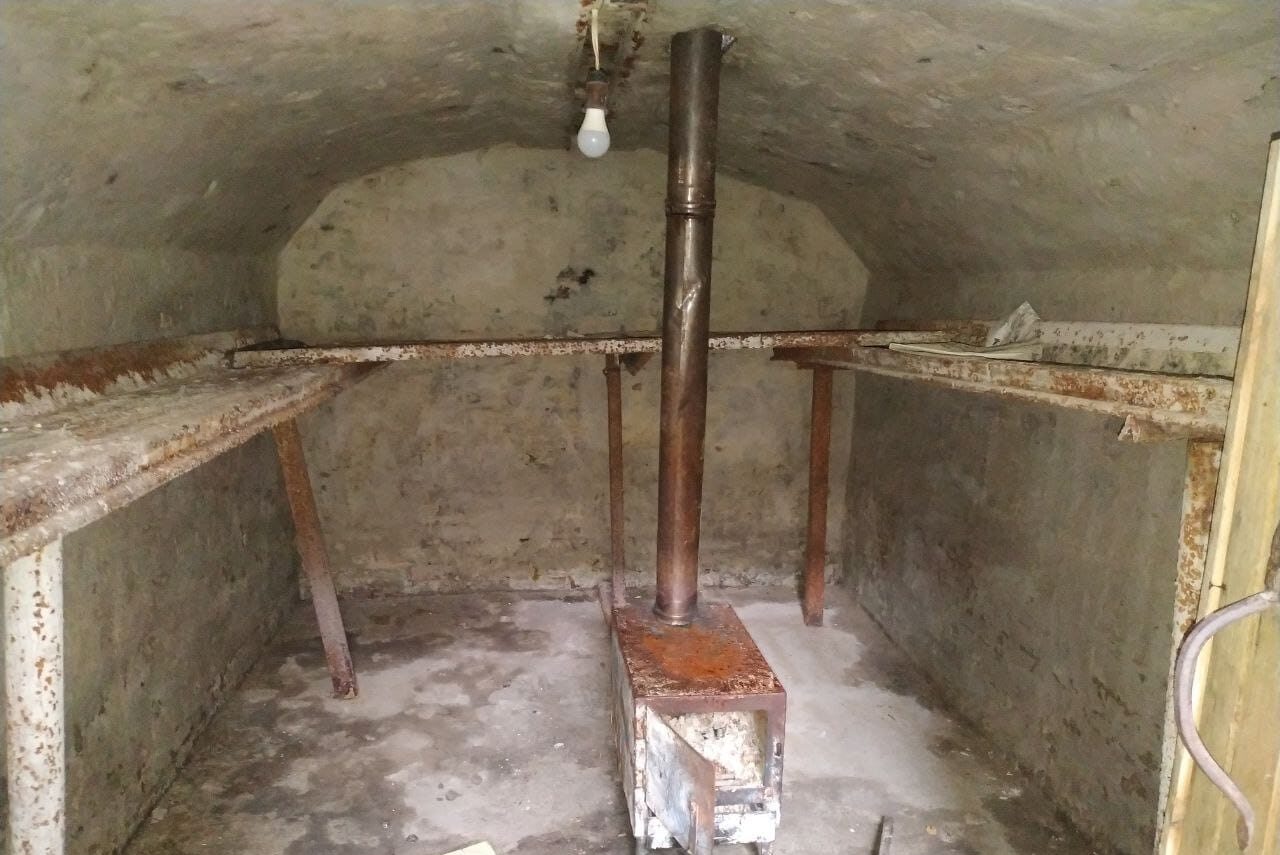
What happened next was easy to predict. Without sufficient food reserves, Russian troops withdrew from Ukraine after four long weeks. A few days after Putin’s army stepped back, Pepi’s family went to Ivankiv to check on the house. “Thankfully, the house was intact because it might have been used only as a basecamp,” she added.
While walking, she observed the situation around the house. Not a few houses were destroyed to the ground. The condition was exactly like the photos and videos she got from her family and neighbors. On the road surface, traces of military vehicles were still clearly visible. Meanwhile, in the yard of Pepi’s house, there was still a hiding hole with an asbestos roof covered with leaves and orange tarpaulin.
“I once walked on that road, and then I saw a Russian tank bombing there, it just felt really strange,” she said.
After returning home, she wondered what kind of people they were. What kind of house did they live in and what kind of family did they have? How did they live their lives? And did they sleep with women who were not their wives, hence the condoms scattered around the house? Do they realize that it seems unnatural?
“Why would they try to bring such things to war,” she wondered.
****
It didn’t take long for other countries, including Indonesia, to hear about the tragedy that occurred in Ivankiv and other cities around Kyiv, two years ago. However, the same news was unheard of by the 368 people living in Yahidne Village, even though the village is not far from the location of the war, such as Irpin, which is only about 168 kilometers away. Even from Chernihiv, it can be reached in 30 minutes by car. All they heard at that time was the explosion of weapons accompanied by the roaring war equipment from a basement approximately five meters deep, without knowing how and where the battle took place.
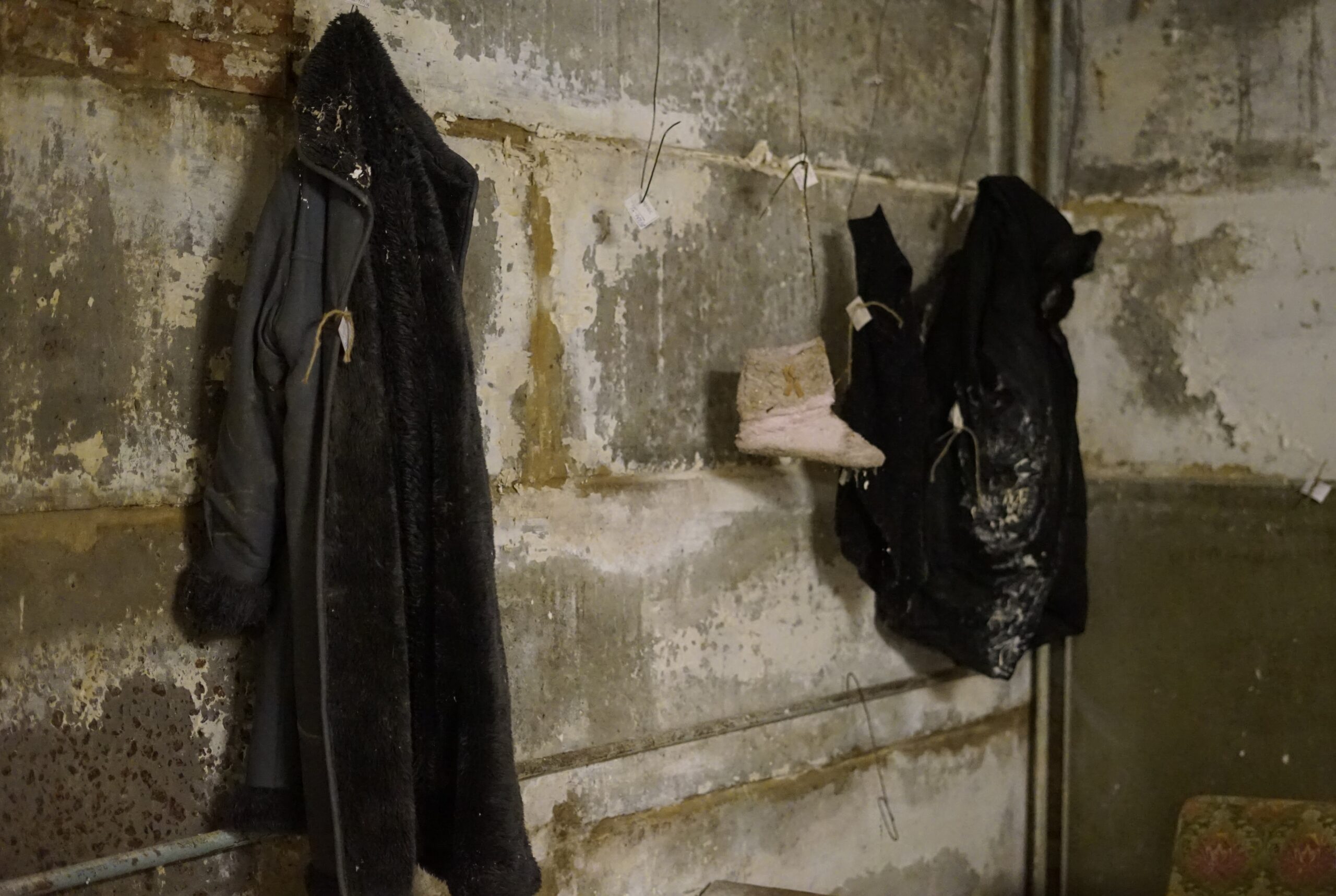
This happened because from March 3 to 30, 2022, for almost a month, hundreds of young people, seniors, and children were held captive without food for 27 days in the basement of the Yagidnyanska High School of I-II Century, while the soldiers seized food reserves, as well as slaughtering livestock belonging to residents. The classrooms above were used as a base by Putin’s troops who were supposed to join the attack on Kyiv with a battalion moving from Northwest Ukraine. From the building that was used as a headquarters, the smell of grilled meat reached hundreds of people who were staving off their hunger in the darkness.
“We were under starvation. They made us living shields,” the village elder Ivan Polhuy said, as translated by Yulia Volfoska and Myroslava Yaremkiv from the Ukraine Crisis Media Center (UCMC) to Jaring.id, who visited the village on Monday, February 26, 2024.
There was no electricity, no toilets, and little food or water for those who were held captive. “Even going to the toilet was prohibited. Sometimes, we were only allowed to go to the toilet in the morning. Otherwise, we relieved ourselves in buckets instead of toilets,” he added.
Located in Vul. Lisova Street, the school was a two-story brick building on the outskirts of the village. From the street, the predominantly-white building looked aloof with the pine forest as the background. There were several doors leading to classrooms. Meanwhile, another door located right in the center of the building led to 15 underground steps, where hundreds of residents and children were kept.
There were at least seven rooms separated by a narrow hallway measuring no more than one meter. The largest room was approximately 60 square meters, while the smallest was no more than eight square meters. It was estimated that the building area was around 170 square meters, meaning that each of the 368 people only had an area of about half a square meter.
Therefore, most of them slept sitting on benches, cardboard boxes, or on the floor while leaning their head on the shoulders of the person next to them. The three-centimeter thick boards in each room were not only used as a sitting mat but also as a backrest so that the body would not come into direct contact with the cold walls. The only way to stretch their legs in cramped conditions was to stand up.
When I was underground, the room temperature felt colder than 2℃, because the room had no heating. But as the war victims were held captive, according to Ivan, the cold air in the room instantly became hot. The previously frozen walls were so hot that water droplets flowed due to condensation. The water droplets were then collected by residents in used bottles with newsprint paper.
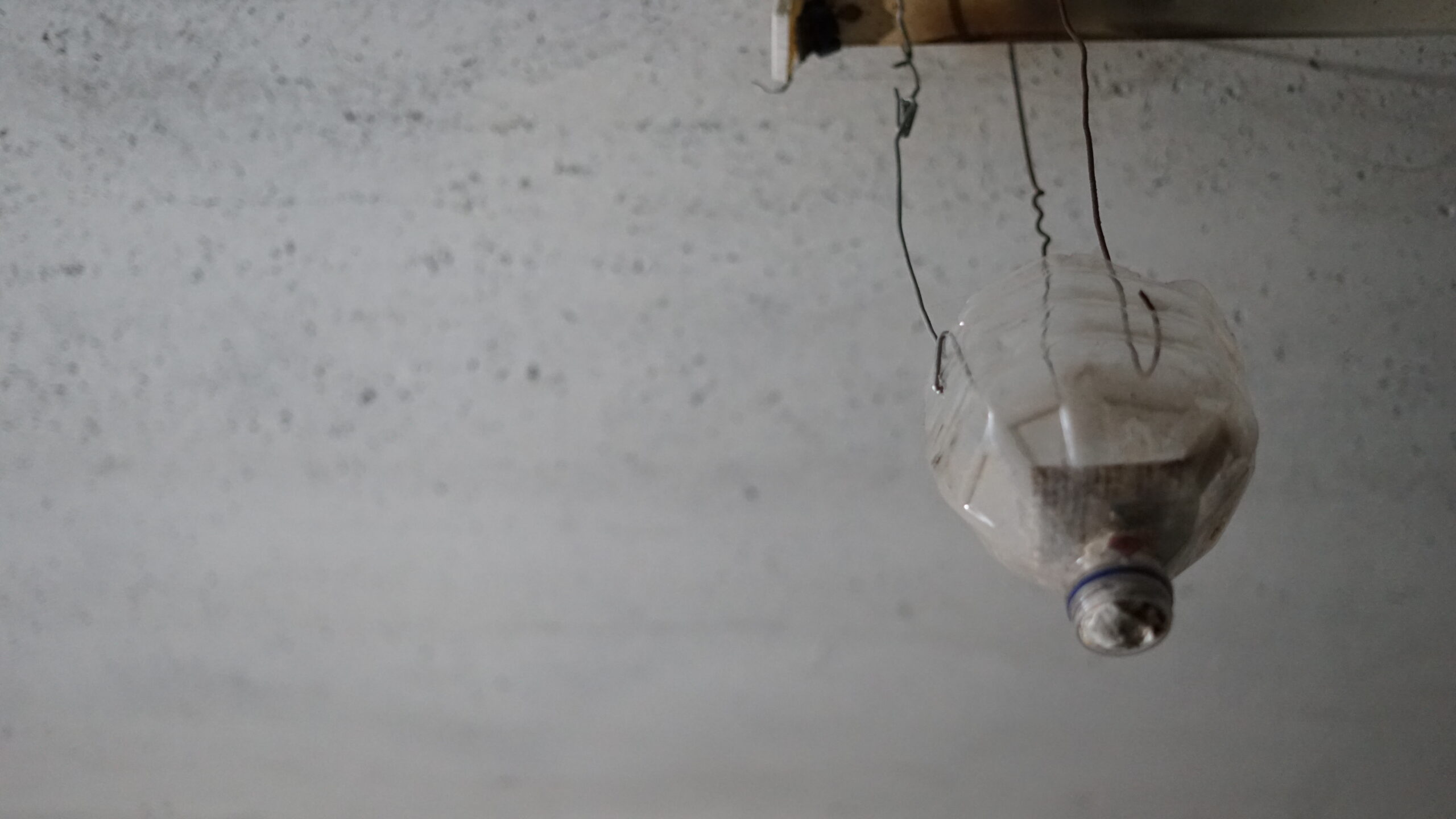
Two years later, the thick jackets and gloves left hanging in each room became a sign of how the residents felt the heat. But the most horrifying thing, according to Ivan, was the suffocation from lack of oxygen and hunger. This is why 25 residents had slowly died since the fifth day. “They were not given any medical assistance at all,” he said with a tone of restrained annoyance.
In fact, he recalled, the bodies were left for days without proper burial. No coffins and no crosses. They were only wrapped in makeshift cloths before the Russian army allowed some people to bury the bodies with not much time. “While we were burying the dead, Russian soldiers with their vehicles opened fire on the people who were carrying out the funeral, so the wounded people fell into the hole they dug,” he said.
The list of names of the dead was written on the wall using charcoal. Among them are Victor and Anatoli Shevchenko. To the right of the list is a tosca green door with a handwritten calendar. Children’s drawings of clouds, rainbows, and birds are carved on another wall. “There, we lost track of time. We also lost hope for life, so we wrote each of our names on the wall,” Ivan said.
Hope returned after the Ukrainian army managed to make Putin’s troops flee the village. Afterward, one by one, the residents came out of the underground room before expressing their gratitude, crying, and laughing. Most of them then left Yahidne Village by car or bus to relatives or temporary shelters. “Now, some of the villagers have returned, but half of them don’t want to go home because they are still traumatized,” he explained.
****
Two people on crutches slowly descend 15 steps after undergoing rehabilitation at the three-story Superhumans Center Building on Ivasyuka St, Lviv, Ukraine, on Wednesday, February 21, 2024. The first modern orthopedic clinic in Ukraine was set up far from the war lines. Those undergoing post-injury and trauma rehabilitation were war victims consisting of soldiers, volunteers, civilians, and children.
When Jaring.id was invited to tour several rehabilitation centers, some people were seen practicing in the swimming pool using floats and walking, while some strengthened their leg and hand muscles in the gym before using limb replacement devices or prosthetics.
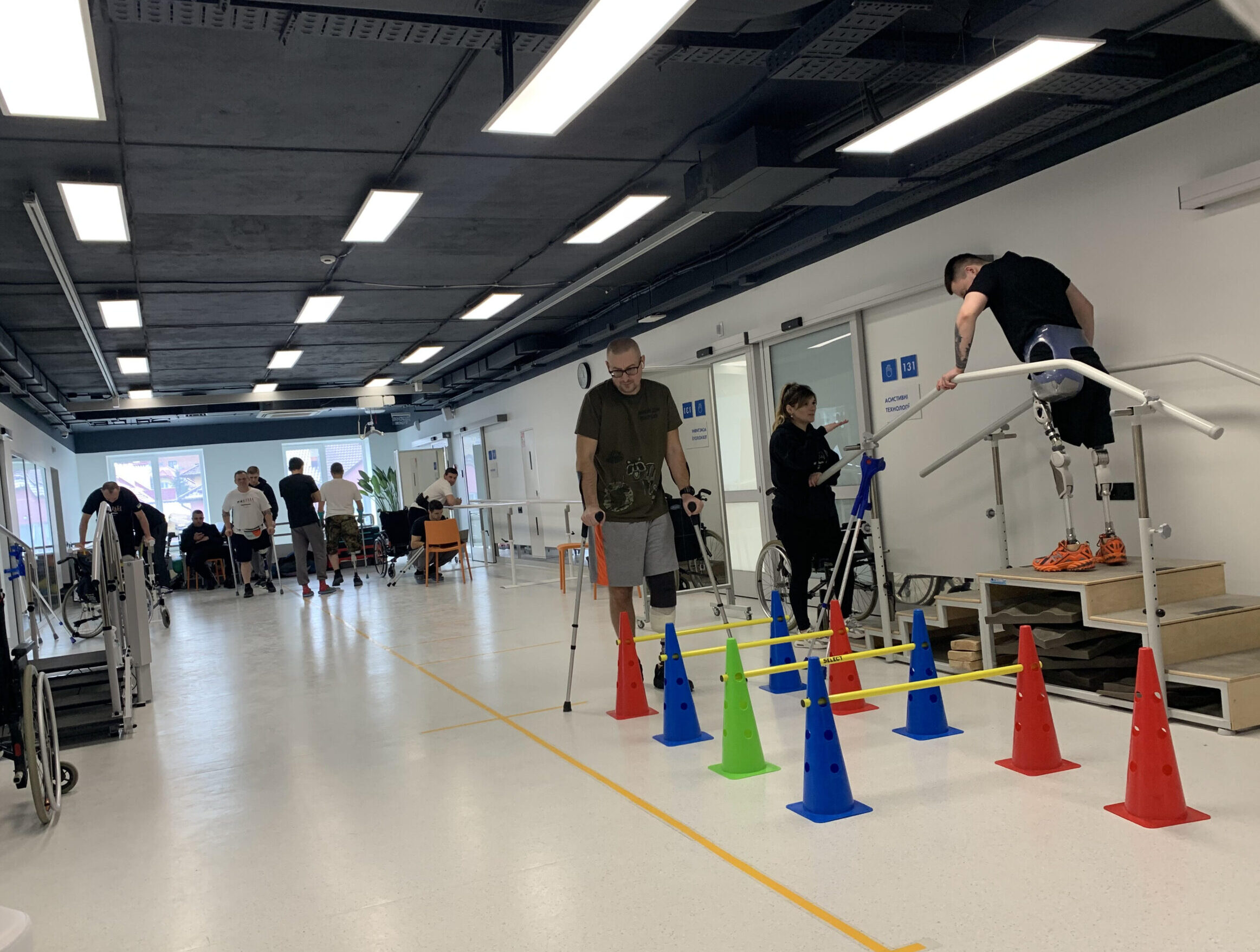
Among them was a 34-year-old man named Andriy Dashkevych. He lost his right leg while fighting on the front line. Russian soldiers dropped a bomb right next to him. Five of his comrades did not survive the incident. “Thank God for saving me,” he said after practicing weightlifting.
He hoped to complete the post-traumatic rehabilitation program well, so that he could be more independent and not depend on his family. “I hope I can go home on my own and return to work as usual,” said the Chernihiv resident.
Another person who has undergone rehabilitation is Ruslana Danilkina. Like Andriy, Ruslana never wanted this war. But she couldn’t help but join the army when her country was invaded by Russia. Therefore, the 18-year-old Ruslana decided to enlist in the army two months after Putin’s troops invaded. A year later she was assigned to Kherson in February last year.
On the way, all of a sudden, several mortars exploded before one of them hit the vehicle she was traveling in. Boom! Instantly her ears were ringing. Some of her fellow soldiers then hurriedly evacuated Ruslana to another car to Mykolaiv 68 kilometers from Kherson. And it was then, in a semi-conscious state, that she videoed her severely injured left leg without knowing it would eventually have to be amputated. “It was scary to realize that my body wasn’t whole anymore,” Ruslana said, showing the black prosthetic leg hidden under her jeans.
With the help of the prosthetic leg, Ruslana can continue her life. No longer as a soldier, but to help other victims undergoing rehabilitation at Superhumans. At other times, the woman from the port city of Odessa is also active as an influencer on Instagram by sharing information about the devastating effects of war. She was also occasionally modeling. “It’s like I’ve been reborn,” she said.
Olga Rudneva, President Director of the Superhumans Center, said that the rehabilitation of Andriy, Ruslana and other victims is free of charge. A number of philanthropic organizations, including the Howard Graham Buffett Foundation, have provided at least US$300 million since the invasion began. “Prosthetics are very expensive, but we don’t use government money,” Olga said when welcoming six journalists from Indonesia, Malaysia, the Philippines, and India.
The Superhumans Center has various facilities and experts that can support the recovery of victims. Apart from having a prosthetic workshop, the clinic also has a swimming pool, gym, and other facilities that can enable patients to re-adapt to daily life. Equally important is the trauma recovery. “Psychological recovery is very important to us. That way, they can accept their loss,” Olga concluded.
The report entitled “The Lingering Trauma from a Never-Ending War” is the second story after Jaring.id visited some areas in Ukraine at the end of February 2024. Previously, we published a report titled “Kyiv revives after two years of Russian aggression” regarding the condition of Kyiv two years after Putin’s troops left the capital. These two articles were published with the support of the Indonesian Media Development Association (PPMN) and the Ukraine Crisis Media Center (UCMC).







